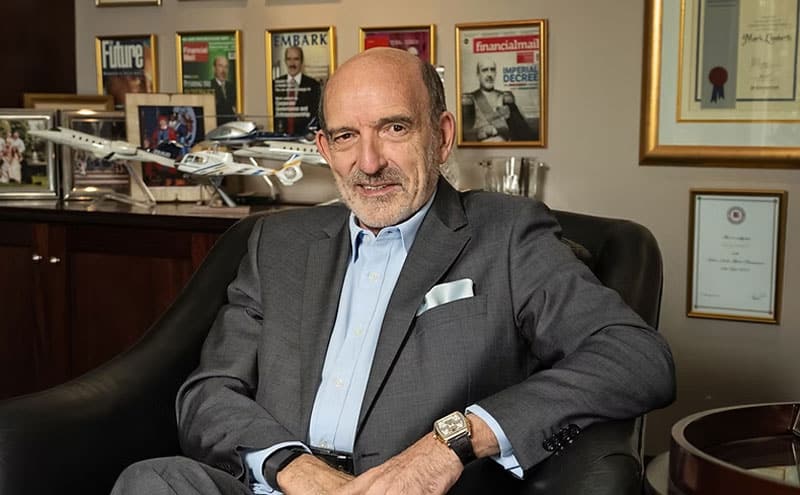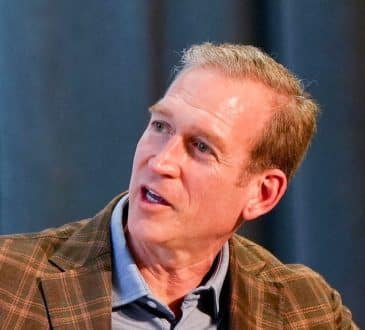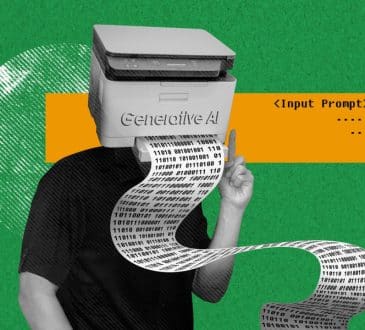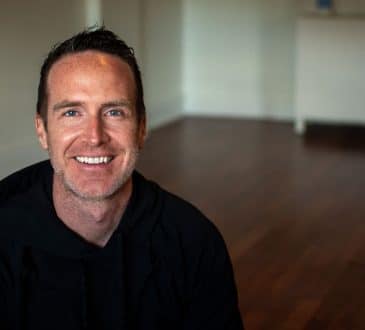Mark Lamberti on CEO Identity Shifts: Life and Purpose Beyond the Boardroom

- Retired CEO Mark Lamberti and professor Charlene Lew’s recent study unveils the unique six-step process behind CEO identity shifts. With the average CEO spending over 60 hours per week in the office, the workplace is an integral part of an executive’s life, making the transition from the C-suite particularly disorientating.
- A recent study conducted by retired CEO Mark Lamberti and professor Charlene Lew of the Gordon Institute of Business Science, University of Pretoria, and published in the journal Personnel Review investigates the void CEOs often face in retirement and how it contributes to the emergence of new identities and purpose.
Mark Lamberti’s doctoral research, conducted by interviewing 17 retired CEOs of South African public companies, has uncovered the complex process of postretirement role reformation and emergence. It finds that it takes place throughout six interconnected and identifiable stages that uniquely further one’s self-actualization later in life.
“Our findings show that CEOs experience a profound void upon retirement that goes beyond the loss of position — it challenges their fundamental sense of self,” said Mark Lamberti in a press release. “The transition demands a complete reformation of identity, involving complex psychological and social processes that haven’t been fully understood until now.”
Postretirement Role Reformation:
Beginning with a period of “liminality” in which new retirees shed their past identities in search of new purpose, Lamberti and Lew have found that this loss of longstanding status and fulfillment triggers a series of reformative epiphanies. Evoking feelings of emptiness, self-doubt, and uncertainty, these epiphanies lead to deep-rooted introspection that often confronts CEOs with their lack of preparedness for their new stage of life.
“All of a sudden . . . I wasn’t connected to anything. I found that very unsettling. There were some days where I actually thought I was going to sort of fall apart completely,” one retiree recalled. “There was no diary, and nobody was talking to me. And so, what next? I
always said, “I can’t wait until I have control of my diary again”, which now suddenly I had, and I didn’t want it because it was empty.”
As they grapple with these epiphanies, CEOs begin seeking out “role identity cues”- guidance from their pre-existing relationships on how to move forward. Lamberti and Lew found that every respondent to their study sought out deeper connections to their spouse and family after retirement. Many executives had neglected these relationships for a career-oriented life and quickly learned that their interests and postretirement goals didn’t necessarily overlap.
“But you also soon learn that because work defined so much of who you are and because you’ve run your life in a certain way that you actually run a big risk in the first instance on a personal level with your spouse: “What are those common and shared interests?” You quickly find out that there aren’t many,” one respondent admitted.
While CEOs continued to struggle with the range of negative feelings that came from relinquishing their careers and facing uncertain futures, respondents also commonly acknowledged their privilege with an “evaluation of resources” like their health, expertise, financial status, and social networks that offer them a sense of security and contributed to their “sensemaking”.
Identity Emergence and Enactment:
Lamberti and Lew found that “sensemaking”- the understanding and embracing of a new identity- marked the beginning of role identity emergence. Looking for personal fulfillment from their new roles, many turned to opportunities they had yearned for during more busy times or ones that took advantage of their workplace competencies.
“Can I make a contribution to people who might benefit from a degree of commerciality,” one respondent pondered.
“I wanted to be involved with something that I have a passion for, and the people are passionate about… I want to go into a business that’s got fantastic potential but is not at that full potential, where it really needs somebody to unlock it,” another commented.
Once retirees had embraced their new role, they soon started “constructing identity narratives” to assign these roles meaning. Looking back to their networks for insight and validation, these narratives manifest as a response to familial and societal pressures and offer the opportunity to frame a role through its greater purpose.
One participant described this construction as “Finding my kind of higher order of capability based on deep experience and disciplined training I’ve been through in corporate life… “
“And again, that awakened, well, it was good positive affirmation stuff, you know, that you’re not useless, you haven’t been made redundant, that you’ve actually still got value and firepower left in you,” they continued.
Finally, as CEOs complete their identity shift and emerge with a new role, they experience “identity enactment”, where they explore different iterations of their new identities through what Lamberti and Lew coined as “provisional selves”. Those who found the most fulfillment out of their new identities uniquely melded their past experiences with these newfound roles to maintain their sense of impact without sacrificing the recreation of retirement.
“Rather than your life revolve around “work really hard and then take brief moments away for exploration”, is to have more and more exploration, but still have something that is going to keep you occupied and thoughtful and contributing, but without leaving the room with all the next steps and responsibility,” one participant explained.
With Lamberti and Lew uncovering the complex and demanding process of CEO identity shifts, this research has profound implications on how executives and career-centered professionals approach retirement. To better prepare for retirement and the impending void that comes with finding your purpose beyond the boardroom, Lamberti and Lew suggest that organizations implement procedures that ease into role reformation.
“This study provides organizations and human resource specialists with a framework to guide retiring senior executives through the psychological effects, cognitive processes, and practical considerations of the retirement transition,” co-author Lew said.
Learn more about Mark Lamberti here: https://www.markjlamberti.com/about
Have you read?
Countries with the most gold reserves.
World’s Best Public Relations Agencies (Top PR Firms).
Countries with the highest human freedom.
World’s Safest & Most Dangerous Countries For Travelers.
Longest and Shortest Life Expectancies in the World.
Bring the best of the CEOWORLD magazine's global journalism to audiences in the United States and around the world. - Add CEOWORLD magazine to your Google News feed.
Follow CEOWORLD magazine headlines on: Google News, LinkedIn, Twitter, and Facebook.
Copyright 2025 The CEOWORLD magazine. All rights reserved. This material (and any extract from it) must not be copied, redistributed or placed on any website, without CEOWORLD magazine' prior written consent. For media queries, please contact: info@ceoworld.biz








